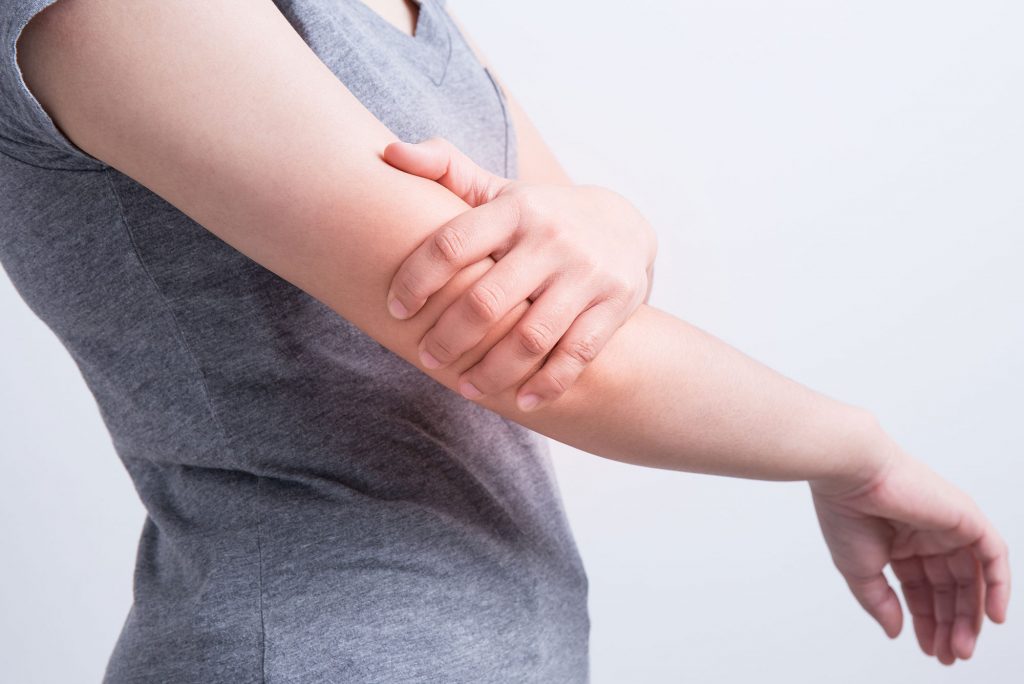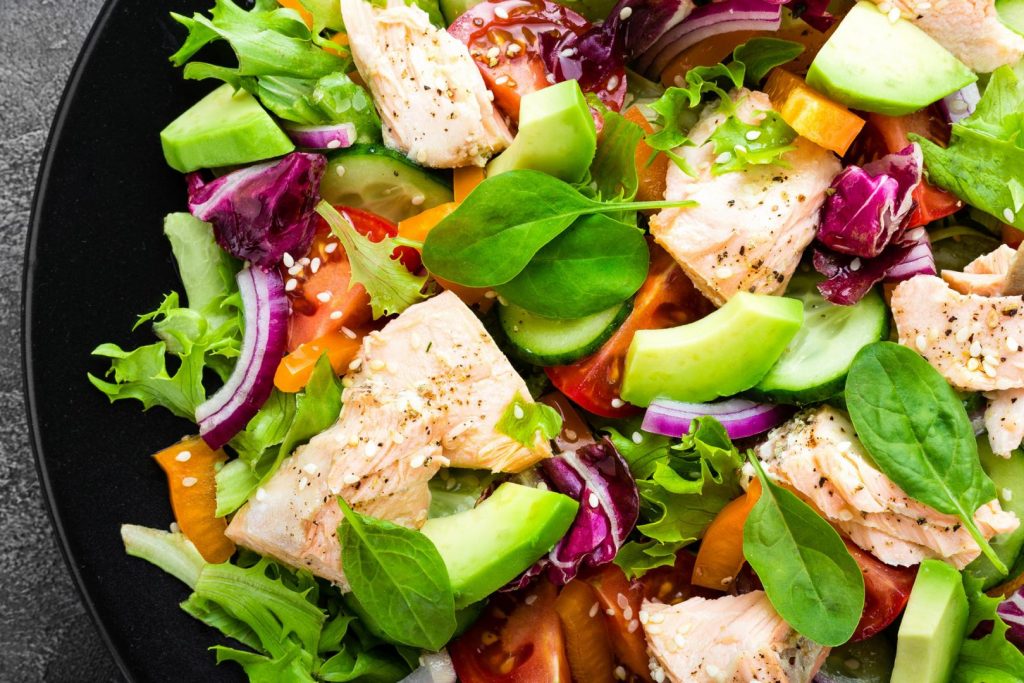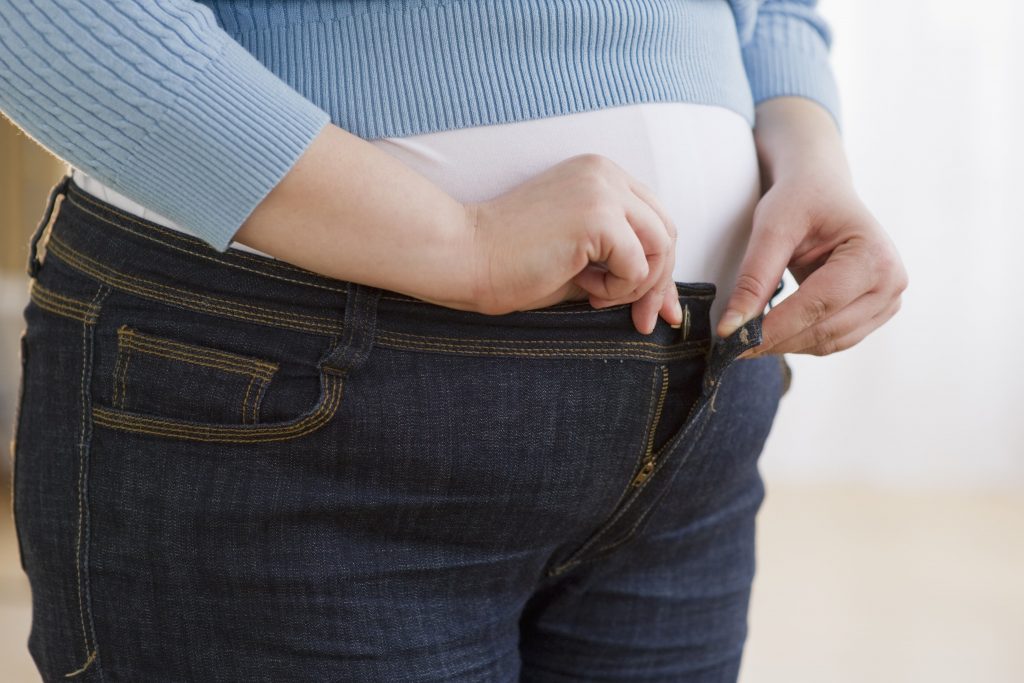What is an Embolism?
Posted by Editor in Health and Wellness, Health Watch, Lifestyle on Jan 28th, 2020 | Comments Off on What is an Embolism?Embolism is an uncommon word for most people, but it’s not an uncommon occurrence, especially among people with cardiovascular diseases. Basically, embolism is when your internal organs get starved of oxygen. To avoid this from happening, you need to know what causes it in the first place.

Overview
To understand the condition, let’s look at some terms related to the condition:
- Embolus is a particle in the blood vessels that are made up of clotted blood cells.
- Thrombus is another term for blood clot, while thromboembolus is a name for the blood clot that is moving in the blood vessels.
- Ischemia is the term for the oxygen starvation of the cells.
- Embolism is the result of ischemia and is characterized by the death of the cells.
Causes and Risks
Although embolism can be caused by a foreign material in the blood, such as gas/bubbles or fat globule, most blockages in the blood vessels are caused by a blood clot. Certain conditions increase your risk of embolism, including pregnancy, obesity, cancer, and heart disease.
Those with high cholesterol levels for example, have narrower arteries due to the build-up of plaque. If part of the build-up breaks up, the piece can lodge in the blood vessels and prevent proper blood circulation.

Symptoms of Embolism
Pulmonary embolism can cause the following: sharp back or chest pain, lightheadedness, bloody sputum, rapid breathing, shortness of breath, and coughing. Deep vein thrombosis can cause pain or tenderness in one leg, reddish skin, warm skin on the affected area, and swelling.
Stroke causes arm weakness or numbness, drooping face, and slurred speech. All of these are considered an emergency, so if you have a heart disease, make sure to get proper treatment to avoid embolism.
Types of Embolism
There are at least seven types of embolism you should be aware of.
- Brain embolism is caused by the blood clot in the brain and is also another name for stroke
- Pulmonary embolism is the formation of an embolus in the leg and is also another name for deep vein thrombosis
- Septic embolism is the blocking of the blood vessels due to the infection in the bloodstream
- Retinal embolism affects the back of the eye that can lead to sudden blindness
- Fat embolism is the blockage of the blood vessels due to the introduction of bone marrow particles or fat into the blood
- Amniotic embolism is the blockage of the mother’s lungs due to the amniotic fluid that surrounds the fetus
- Air embolism is caused by the bubbles in the blood that blocks blood flow and is common among divers.
Treatment and Prevention

A healthy lifestyle prevents most condition that put you at risk of embolism. If you have symptoms of a cardiovascular disease, make sure to get a proper treatment through medication and a change of diet. Regular exercise will also help you reduce weight and keep you active.
Avoid sitting for long periods of time, too, as it prevents your calf muscles from contracting. Deep vein thrombosis can result from lack of movement even if you don’t have a heart disease. Divers can prevent air embolism by following proper guidelines and avoiding spending too much time underwater.
The Real Reasons Why We Crave Sugary and Salty Foods
Posted by Editor in Food, Health and Wellness on Dec 2nd, 2019 | Comments Off on The Real Reasons Why We Crave Sugary and Salty FoodsCravings are a common problem for many people all over the world, and while many people think that cravings are simply the body responding to lack in certain nutrients, this isn’t the case since they are often tied to unhealthy foods that are rich in salt or sugar.

So why do we experience cravings?
There are a few reasons why these might happen aside from any underlying medical issues:
Stress
Many people tend to crave certain foods for comfort to ease stress, but this comes at the cost of one’s overall health. In fact, this habit has been linked by many studies to even more cravings and weight gain.
Lack of sleep

People who lack or don’t get enough sleep tend to reach for sugary or salty foods to get a quick energy boost, but just like stress, this can result in weight gain as well as other health problems. Many factors can lead to a lack of sleep, such as sleep disorders or busy schedules, but a health professional can offer a clear diagnosis as well as a treatment plan that can help you get the rest you need.
Excessive sweating
Sodium levels decrease when a person sweats, but while any lost fluids can be replenished, you can begin to crave salt when you lose too much sodium along with your sweat. This is the case for those who work in hot environments or exercise a lot.

Boredom
Eating because of boredom is emotional behavior much like stress eating, so it’s helpful to look for certain hunger cues: loud stomach grumbling, and a desire to eat any food that only grows stronger with time. Another way to know if you’re really hungry is to ask yourself if you would like to drink a glass of water. If yes, there’s a good chance you’re just thirsty.
So how do you really keep your body well-nourished?

Keep in mind that the next time that you have cravings due to stress or boredom, having access to healthier options rather than your favorite comfort food is a must. Foods like trail snacks or fruits can not only keep you nourished when you’re stressed or exhausted, but even improve your quality of sleep.
Staying hydrated is another way to keep your cravings at bay. Energy drinks can provide your body with much-needed electrolytes that can keep you going for longer without the crash that many junk foods or sodas often bring.
However, this may not always be the case. If you can’t find the reason for your salt or sugar cravings, it’s always best to talk to your doctor as soon as possible.
You are What You Eat
Posted by Editor in Fitness, Food, Health and Wellness on Oct 4th, 2019 | Comments Off on You are What You Eat6 Eating Habits That Could Make You Gain Some Weight

You’ve been exercising regularly and you’ve been steering clear from every high-calorie that you see, but you’re still not shedding those extra pounds away. We know it’s frustrating, but before you turn your anger on your weighing scale, you might want to check and re-evaluate some of your eating habits that could be causing you to gain weight.
Failing to Eat Enough Every Meal
It may come as a shocker, but not eating enough actually forces your body to go into starvation mode. This is where your metabolism slows down, making it more difficult for you to burn calories even if you’re eating healthy meals and working out regularly.
Eating Rapidly

If our body has one huge flaw, it would be this: it takes your stomach about 20 minutes to inform your brain that you already ate enough. One study found that slow eater consumed 66 fewer calories each meal, but compared to their fast-eating counterparts, they felt fuller after each meal. Well, what’s 66 calories you ask? It simply means losing more than 20 pounds a year if you eat 66 fewer calories on your meals.
Missing Nutrients That Your Body Needs
Did you know that failing to give your body enough iron, magnesium or vitamin D saps your energy? And if you’re already feeling deflated, you’ll likely end up snacking on sweet, high-carb foods to compensate for the energy that you lost – which in return, causes you gain some weight.

Drinking High-Calorie Drinks
If your diet and exercise aren’t working, then perhaps that because you’re drinking your calories. Remember, juices and sodas are often loaded with hundreds of calories per serving, which could quickly add up to your weight without you noticing.
Being Tricked By Food Labels
Not everything that’s labelled fat-free is good for you. When fat is completely removed from a food, it ends up becoming flavourless, a problem that most food manufacturer remedied by adding tons of salt and sugar to the product.

Focusing Too Much on Your Workout
Here’s a secret: hitting the gym won’t really burn that much calories. According fitness experts, a person weight 155 pounds only burns 112 calories for every 30 minutes of weightlifting exercise – which you can easily counter if you mistakenly drink a soda after working out.
Shedding off some weight isn’t just about exercising regularly, it’s also about cleaning up your eating habits. Because as they say, a well-toned body is often made in the kitchen and not in the gym.
How Long Should Wounds Heal?
Posted by Editor in Health and Wellness on Apr 24th, 2018 | Comments Off on How Long Should Wounds Heal?You might wonder what goes on in the healing process and if there is a normal timeline for healing of different kinds of wounds. How long your wounds take to heal can tell you a lot of things about your body, so you need to understand the healing stages to make recovery faster.
Wound Healing Stages
There are three major types of open and closed wounds. Open wounds create an opening that will expose the tissues, while the closed wounds cause damages in the underlying tissue without the exposure to the outside environment. Wounds heal differently if it’s penetrating or non-penetrating, clean or contaminated, and internal or external.

Non-penetrating wounds include abrasions, lacerations, contusions, and concussions. Penetrating wounds are stab wounds, skin cuts, surgical wounds and gunshot wounds. Other wounds are classified as miscellaneous such as thermal wounds, chemical wounds, electrical wounds, and bites and stings.
So how do these wounds heal? Most doctors divide the healing stages into three; inflammatory, proliferation and maturation, but the four stages below are easier to understand.
Bleeding. Puncture wounds will usually bleed at first, so wait for the bleeding to stop because your body will form clots and this in turn will become a scab. If the bleeding doesn’t stop after 10 minutes even when pressure is applied, you should seek medical help immediately because your body might be unable to form clots.

Swelling. If your wound looks red and swollen, it’s natural because your blood vessels have expanded to allow more blood to flow to the injured area. The clear fluid that comes out of the wound is a natural defense system of the body to get rid of infection. This stage normally lasts for 2 to 5 days. If it’s still swollen for more than a week, you need to have it checked by a doctor to determine if it’s infected. Look out for excessive pain and redness, black edges (could be dead tissue), foul odor, and thick discharges of clear, green or yellow fluids on the wound.
Tissue Regrowth. After five days, the body will initiate tissue regrowth to repair any damages to the tissues and blood vessels. Tissue regrowth should be complete within three weeks for small wounds and you will notice that the wound will appear smaller over time. For deeper wounds, they should heal or begin to show signs of healing within 30 days.
Scar Formation. In some cases, scar formation can take up to 2 years depending on the type of wound. Scarring will begin once the area feels itchy and the scab falls off. Don’t worry about having permanent scars, because some will disappear over time if they’re from a small wound. There are people, however, who are prone to scarring and will have keloids or thick scars.

If your wounds have not healed or are not healing properly, you will need to see a doctor to determine if you have an infection or you were not diagnosed with diabetes. Other factors that will slow down the healing process include obesity, stress, alcohol abuse, and smoking.
Should you Avoid Drinking Milk Tea?
Posted by Editor in Health and Wellness on Mar 16th, 2018 | Comments Off on Should you Avoid Drinking Milk Tea?Milk tea is popularly enjoyed all over the world. Most prevalent in Asian countries, this drink can be relished anytime of the day — making it a perfect companion alongside your breakfast, lunch, and dinner meals. The sweet drink allows your body to relax, helps you achieve a good night sleep, and releases the accumulated stress you have after a long day.
However, there can be a downside to drinking milk tea. There are certain people who are notably better off not consuming the drink, and there are also general disadvantages when it comes to drinking milk tea regularly. This doesn’t mean milk tea is downright bad, but rather, it should be taken in moderation.

People who must avoid too much milk tea
Those are anemic are not recommended to consume a lot of milk tea. The drink may potentially trigger low blood flow, putting your health situation at risk.
Regular consumption of milk tea is also not recommended for people diagnosed with diabetes and gallbladder problems. The drink doesn’t help your situation, and if anything, it may only worsen it further.
While milk tea has some relaxing and soothing effects shortly after drinking, it isn’t advisable to consume for some cases — such as with pregnant women. A number of pregnant women who regularly consumed milk tea over the course of their pregnancy were found out to cause some effects to the growing baby.

People who are suffering from prostate diseases, like having an enlarged prostate in particular, are not recommended to consume milk tea daily. The drink may potentially cause the prostate disease to worsen and accelerate further in its later stages, putting yourself on the line.
Other disadvantages
While milk tea can bring more harm than good to certain people (especially to those with the cases presented above), there are disadvantages attached to the sweet drink in general. These disadvantages may burden just about anyone who likes to consume the drink on a regular basis.
Milk tea is notorious for drastically increasing one’s weight. While this can be a good thing among people who are trying to gain weight, this can be more of a hassle to those who are trying to shed off some pounds for the summer. Unwanted weight gain can be stressful, after all.
The drink does not only contains generous amount of fat, but it may also hurt the body’s iron levels. Combining milk and tea can inhibit iron absorption. The drink contains a polyphenol called tannins, which is known to be a hindrance in iron absorption.

Milk tea may also trigger a type of anemia since it causes a low blood flow. Furthermore, because of some iron deficient-factors in the drink, it may also trigger another common type of anemia: the iron-deficiency anemia.

